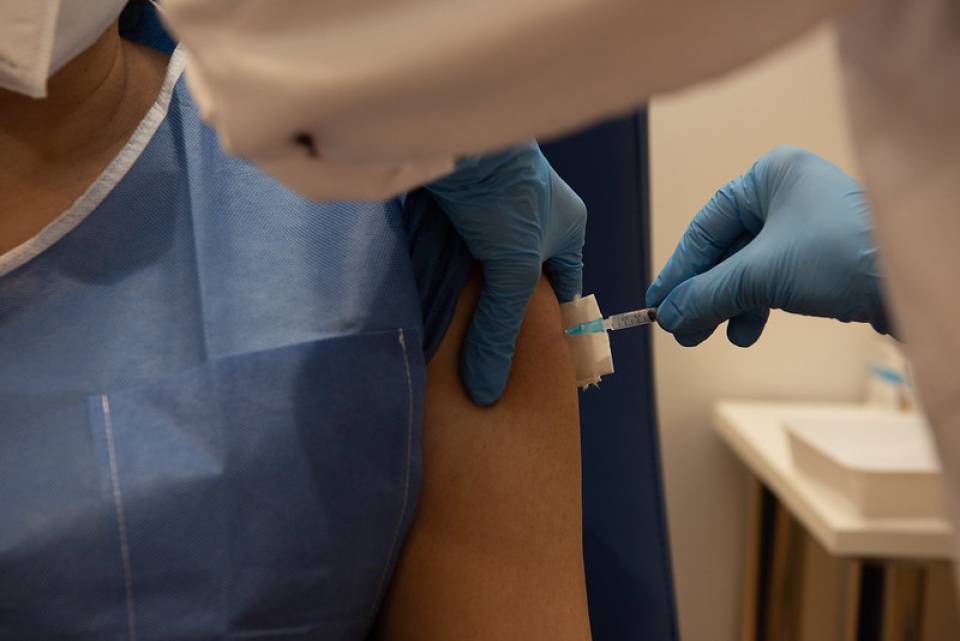The human papillomavirus is the cause of 1 in every 20 cases of cancer in the general population and the cause of 1 in 10 tumours in women. This virus is responsible for virtually all cases of cervical cancer, with two variants of the virus in particular, type 16 and 18, causing 70% of cervical cancers. Furthermore, cervical cancer is the fourth most common type of cancer in women across the world. Nowadays, more than half a million new cases of this cancer are diagnosed each year, and it is the cause of death of more than 300,000 women.
For several decades, cervical cancer has been prevented using screening tests such as cytology. This test can detect pre-cancerous lesions and treat them, usually by removing them. Thanks to this process, the progression to cancer can be prevented in many cases.
Although the periodic performance of cytology is an effective system for preventing this type of cancer, in recent years, it has been shown that there is another method of prevention that can be even more effective: detecting the human papillomavirus. Detecting papillomavirus infection makes it possible to identify all women at risk of developing cervical cancer, and to treat only those with pre-malignant lesions. Furthermore, women with a negative HPV test are at such low risk that they can safely defer routine check-ups to 5-year intervals.
However, there is an even more effective form of prevention, known as primary prevention, which is vaccination. If these women were vaccinated against HPV, they would not acquire HPV infection and the likelihood of them developing cervical cancer would be drastically reduced. With this objective, two vaccines capable of preventing infection by papillomavirus types 16 and 18 were first marketed in 2006. They demonstrated very high safety and efficacy rates, close to 100%, in preventing infection and by extension the occurrence of premalignant lesions and cancer. Currently, three vaccines are marketed which allow prevention of around 90% of the cancers caused by this virus, which are cancers of the uterus, vagina, vulva, anus, penis and oropharynx.
The WHO recommends systematic administration of vaccines against HPV, and most countries, in accordance with its guidelines, have incorporated it into their systematic immunisation programmes. In Spain, the HPV vaccine is included in the vaccination schedule for girls. However, this vaccine is not only indicated for girls. It has also been shown to be effective in boys, as well as in adult women and men. In men, it protects against cancer of the penis, anal canal and oropharynx.
Therefore, based on the data available so far, we can conclude that there are two essential prerequisites for good cervical cancer prevention. On the one hand, proper primary prevention, i.e. avoiding papillomavirus infection through comprehensive vaccination coverage. And, on the other hand, optimal secondary prevention, with appropriate screening tests for the at-risk population. Only in this way will it be possible to achieve the objective set by the WHO: elimination of cervical cancer.
Authors: Dr Aureli Torné, Head of the Gynaecology and Oncology Unit, and Dr Marta del Pino, Consultant at the Gynaecology and Oncology Unit, Cínic Institute of Gynaecology, Obstetrics and Neonatology




